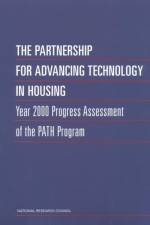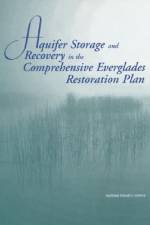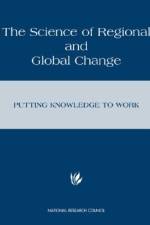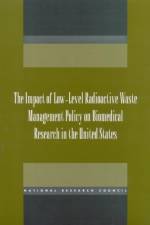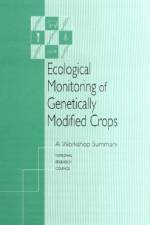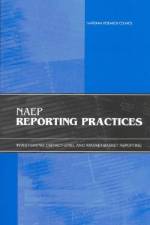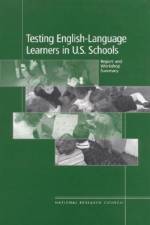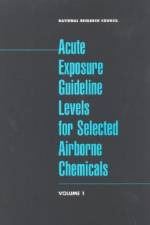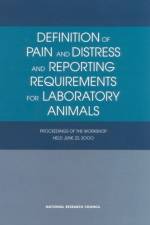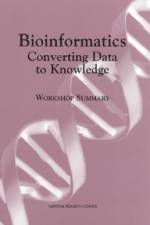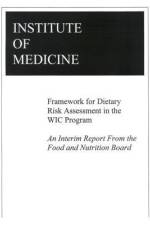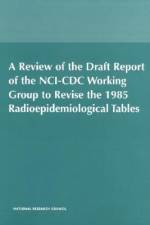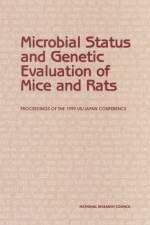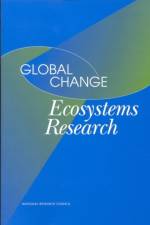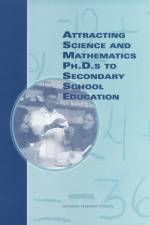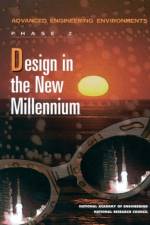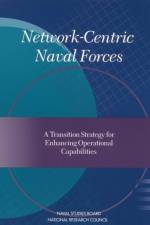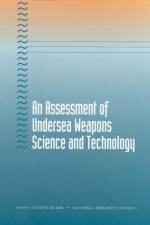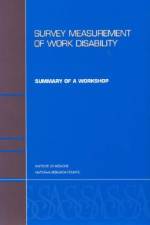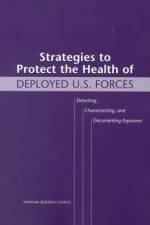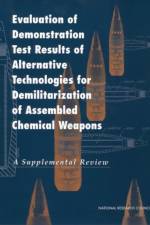av National Research Council, Board on Environmental Studies and Toxicology, Oversight Group for the Ecosystems Panel & m.fl.
469
Research Council established the Ecosystems Panel in response to a request from the United States Global Change Research Program (USGCRP). The panel's charge included periodic reviews of the ecosystems aspects of the USGCRP, and this is the first of those reviews. It is based on information provided by the USGCRP, including Our Changing Planet (NSTC 1997 and earlier editions 1); ideas and conversations provided by participants in a workshop held in St. Michaels, Maryland, in July 1998; and the deliberations of the panel. In addition, the panel reviewed the ecosystems chapter of the NRC report Global Environmental Change: Research Pathways for the Next Decade (NRC 1999a, known as the Pathways report).The USGCRP is an interagency program established in 1989 and codified by the Global Change Research Act of 1990 (PL 101-606). The USGCRP comprises representatives of the departments of Agriculture, Commerce (National Oceanic and Atmospheric Administration and National Institute of Standards and Technology), Defense, Energy, Health and Human Services (theNational Institute of Environmental Health Sciences), Interior, and State, as well as the Environmental Protection Agency, the National Aeronautics and Space Administration, the National Science Foundation, the Smithsonian Institution, the Office of Science and Technology Policy, the Office of Management and Budget, and the intelligence community (NSTC 1997). The USGCRP's research program is described in detail in Our Changing Planet (NSTC 1997, 1999). In brief, the program focuses on four major areas of earth-system science: 1) Seasonal to interannual climate variability; 2) Climate change over decades to centuries; 3) Changes in ozone, ultraviolet (UV) radiation, and atmospheric chemistry, and 4) Changes in land cover and in terrestrial and aquatic ecosystems. The fourth topic is the area in which advice was requested from the ecosystems panel.The Ecosystems Panel's charge has three parts: to provide a forum for the discussion of questions of ecosystem science of interest to scientists in and out of the federal agencies, to periodically review the ecosystem aspects of the USGCRP's research program, and to help identify general areas of ecosystem science that need additional attention, especially areas that cut across ecosystems and levels of ecological organization. In addressing the second item of its charge for this report, the panel first identified the most significant and challenging areas in ecosystem science, then used that identification as a basis to make recommendations to the USGCRP. Thus, this report is not a detailed review of the USGCRP's program, but rather an attempt to identify those areas that the panel concludes are most in need of attention by a general research program on global change. As noted in this report, some of those areas are already receiving attention by the USGCRP.

